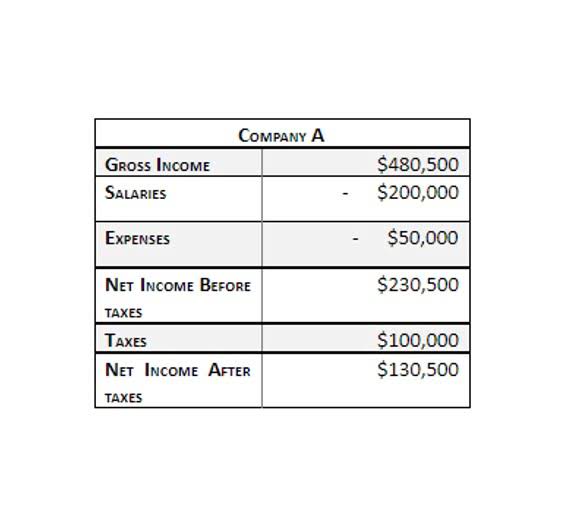
The cost of goods sold (COGS) represents the direct costs incurred in producing or purchasing the goods that you sell during a given period. This guide has tips to help you become the best manager you can be! Plus, free printable templates and checklists are included for use in your retail store assets = liabilities + equity operations. When you strategically manage your inventory, you can gain more market share and improve your industry ranking.

Company
For example, the finance and service sectors have the highest averages for inventory turnover. Income ratio is a metric used to measure the ability of a technology to recover the investment costs through savings achieved from customer utility bill cost reduction. The ratio divides the “savings” by the “investment”; an SIR https://www.wienerworld.com/how-to-find-the-best-cpa-or-tax-accountant-near/ score above 1 indicates that a household can recover the investment. While COGS is pulled from the income statement, the inventory balance comes from the balance sheet.
Example 1: Retail Store
By leveraging OrderEase to accelerate and refine your order lifecycle, your business delivers cleaner, more reliable data to inventory systems. This improved data flow supports better inventory turnover, reduces waste, and drives stronger profitability. Inventory turnover measures the frequency with which your products are sold and replaced during inventory turns calculation a certain period (most often a year).
Industry Benchmarks for Annual Inventory Turnover Ratio
- Inventory turnover ratio measures how many times you sell through and replace inventory (SPEED) in a specific period.
- The store’s inventory is replenished every 11 days, ideal for fast-moving fashion trends.
- Understanding how to extract COGS and Average Inventory figures accurately from financial statements is crucial for an accurate inventory turnover calculation.
- In general, a higher turnover ratio is better because it means you’re selling goods quickly and not holding excess inventory.
I repeat this because it is a major mistake that I see very often (even with some of the clients I coach). Always make sure you use the same valuation for inventory and sales. Thus, in this example, the entire stock rotates two and a half times during the year. I’ve been using this KPI for the last 15 years as a demand planner, Supply Chain Manager, S&OP Manager, Supply Chain Director, and Consultant.

- Inventory is one of the biggest assets a retailer reports on its balance sheet.
- This prompt replenishment can help your operations maintain a consistent flow of goods, aligning with sales velocity and avoiding excessive holding costs.
- Generally speaking, a high inventory ratio implies you are selling stock fast, whereas a low one means the opposite.
- You now know about inventory turnover and how to calculate inventory turns and the number of days a turn takes.
- Identify products with high turnover rates, indicating strong demand and efficient management.
Dragging the formula across columns for different months or quarters allows businesses to track patterns in stock movement. Using Excel’s AVERAGE() function instead of manually calculating average inventory can further streamline the process. Beginning inventory is the total value of stock available for sale at the start of a given period, typically carried over from the previous accounting cycle. This figure appears on the balance sheet under current assets or in inventory management systems.
What Is the Inventory Turnover Ratio?

Use accurate forecasting methods like historical data analysis, seasonal trends, and market research to predict customer demand more precisely. If inventory lingers unsold, you tie up money in storage costs, insurance, and the risk of obsolescence. Conversely, if inventory sells very quickly (a high turnover ratio), you may turn inventory into cash fast, but you must ensure you don’t run out of stock too often. Faster inventory turnover minimizes holding costs and frees up cash flow for other operational needs. Never forget that it is vital to compare companies in the same industry category. A company that sells cell phones obviously will not have an inventory turnover ratio that is meaningful compared to a company that sells airplanes.
A good ratio usually falls between 4 and 6, depending on your industry. A higher ratio is better, but be careful not to run out of stock too quickly. These are the most accessed Finance calculators on iCalculator™ over the past 24 hours. Ideal for budgeting, investing, interest calculations, and financial planning, these tools are used by individuals and professionals alike. Sales have to match inventory purchases otherwise the inventory will not turn effectively. That’s why the purchasing and sales departments must be in tune with each other.
